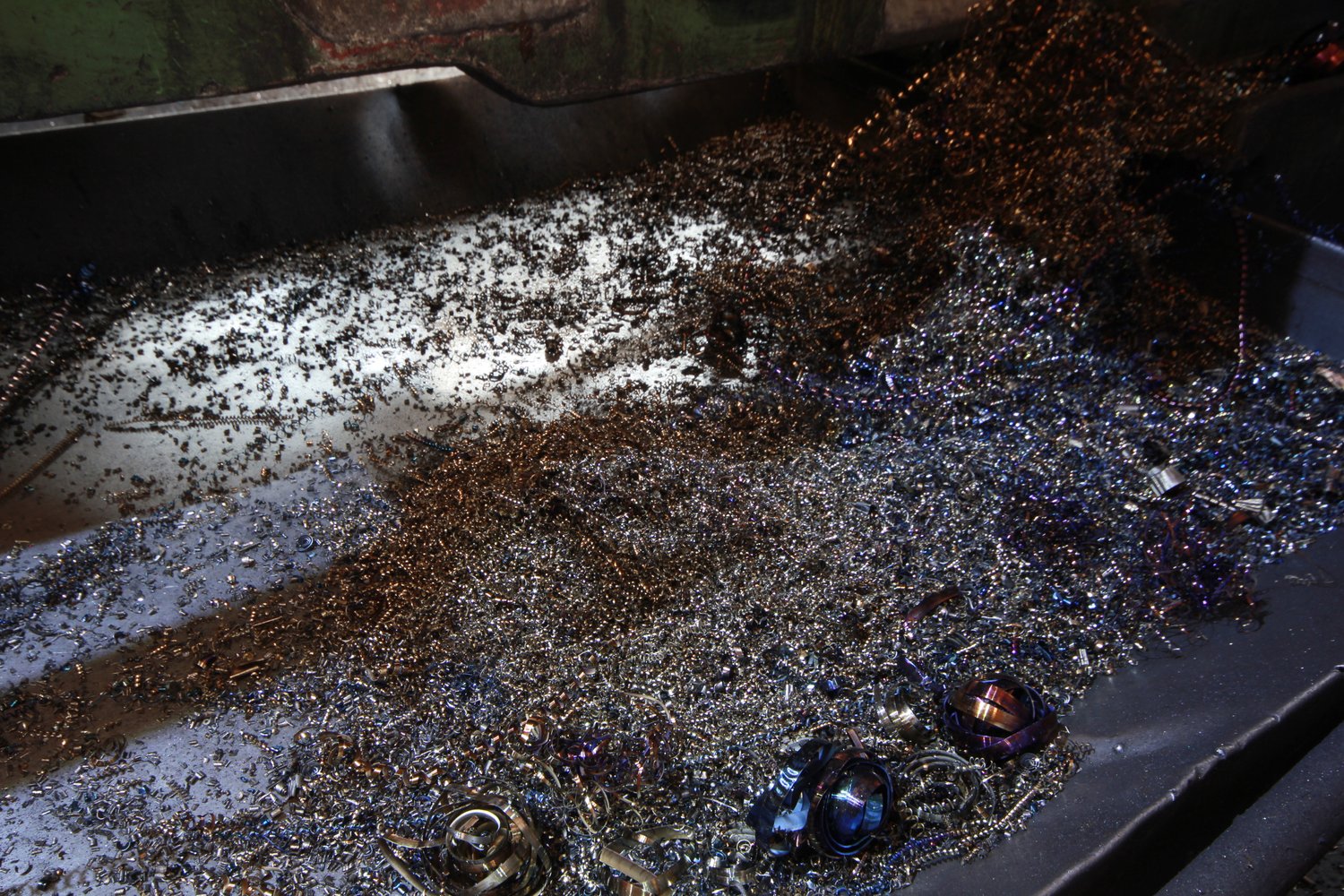Is your dishwasher leaving water standing after a cycle, turning a convenient kitchen helper into a headache? Unaddressed drainage issues can shorten your appliance’s lifespan and impact its performance. Dive into the mechanics of your dishwasher and unlock the secrets to smooth operations with our comprehensive troubleshooting guide.
- Identify the common culprits behind dishwasher drainage problems, from simple blockages to pump failures, setting the stage for effective solutions.
- Learn to inspect and clean your dishwasher’s drain hose, a frequent source of clogs, to restore seamless performance.
- Gain insights into how your dishwasher’s pump functions and recognize early signs of malfunction to prevent costly repairs.
This article will empower you with practical tips and actionable strategies to tackle drainage issues, ultimately extending your dishwasher’s efficiency and longevity. Delve further to transform these insights into home appliance mastery.
Understanding Why Won’t My Dishwasher Drain Properly: Common Causes and Solutions
When your dishwasher refuses to drain, it can be a frustrating experience. There are several reasons why this problem might occur. Identifying the root cause is essential in troubleshooting effectively.
One of the most prevalent causes of drainage issues is a clogged drain hose. This can happen over time as food particles, grease, and other debris accumulate, blocking the flow of water.
Another potential issue could be linked to the pump assembly. The pump is a crucial component that propels water out of the dishwasher. If it malfunctions, drainage problems can quickly follow.
Other common causes include a faulty drain valve or kinked hoses, which might prevent water from flowing out efficiently.
Understanding and recognizing these common culprits can be the key to resolving drainage problems and ensuring your dishwasher operates smoothly.
Inspecting and Cleaning Drain Hoses
A blocked drain hose is often the main offender behind drainage issues in a dishwasher. The first step in troubleshooting this problem is to inspect the hose for any visible obstructions or damage.
Start by ensuring the dishwasher is turned off and unplugged. Carefully remove the hose and check for any kinks or clogs that might be impeding water flow.
If a clog is present, you can clean the hose using a flexible brush or a thin rod. Little pieces like seeds or food debris can easily create a blockage.
In case the drain hose shows signs of damage or cannot be cleaned effectively, it might be necessary to replace the hose to restore your dishwasher’s proper drainage function.
Regular maintenance, such as cleaning the drain hose periodically, can prevent many of these issues from arising in the first place.
Navigating Pump Troubles: Why Won’t My Dishwasher Drain Properly? Troubleshooting Clogs and Pump Issues
Understanding the intricacies of your dishwasher’s pump is crucial for maintaining its efficiency. The pump plays a vital role in ensuring water is effectively expelled from the appliance after each cycle. If your dishwasher is experiencing drainage problems, it could be a sign of pump trouble.
The pump in most dishwashers consists of two primary components: the wash impeller, which pressurizes water for cleaning, and the drain impeller, responsible for directing water out of the machine. It’s essential to note that a malfunction in either part can lead to drainage issues.
Recognizing signs of pump malfunction is the first step towards effective troubleshooting. Look out for unusual noises during the draining cycle, an excess of standing water at the bottom of the dishwasher, or an incomplete washing cycle. These may indicate the need for attention.
When addressing pump troubles, regular maintenance can prevent many common issues. To clean your dishwasher pump, start by disconnecting the appliance from its power supply to ensure safety. Locate the pump housing, usually found beneath the bottom sprayer arm. Check for visible debris or blockages and remove them to facilitate smooth water flow.
If cleaning does not resolve the problem, inspecting the pump’s mechanical components might be necessary. Listen for grinding sounds, which could mean that foreign objects are lodged within the impellers. In some cases, replacing worn-out impellers or seals may be required to restore functionality.
Additionally, consider the age of your appliance. An old or worn pump might need complete replacement. Consulting the manufacturer’s manual or seeking professional help for complex repairs may ultimately save time and ensure thorough resolution.
By understanding the operation of your dishwasher’s pump, recognizing signs of malfunction, and employing regular maintenance techniques, you can effectively troubleshoot and resolve drainage issues. This will help maintain your dishwasher’s efficiency and prolong its operational life.
Troubleshooting Your Dishwasher: Frequently Asked Questions
What are the signs of a clogged dishwasher drain?
- Water pooling at the bottom of the dishwasher.
- Unusual noises during the drain cycle.
- Dishes remain dirty or soap-covered.
How often should I clean the dishwasher’s drain hose?
Inspect and clean the drain hose every six months to prevent clogs and maintain optimal performance.
What tools do I need for cleaning a drain hose?
You will need a screwdriver, a bucket, and a pipe cleaner or bottle brush.
Why might the dishwasher pump fail?
Common reasons include blockages in the impeller, wear and tear, or electrical issues.
Should I replace or repair a faulty dishwasher pump?
Assess the cost and extent of damage; replacing is often more effective if repairs are costly or the pump is heavily damaged.
How can regular maintenance extend my dishwasher’s life?
- Regular cleaning of the drain and filter.
- Check and tighten connections.
- Inspect hoses and seals for wear.





